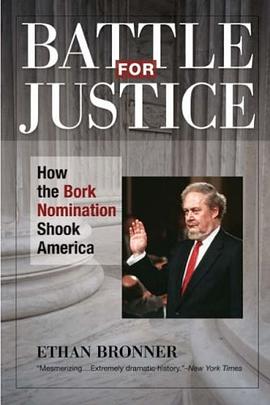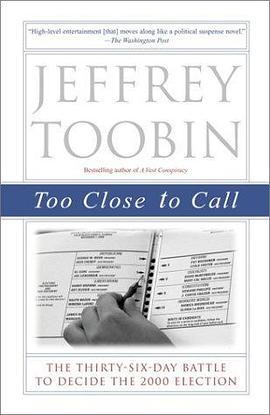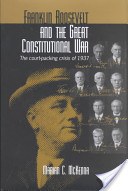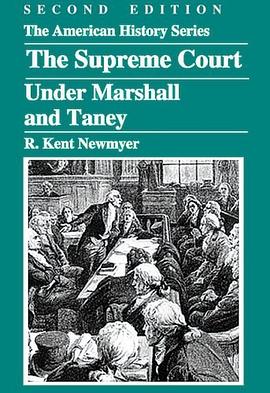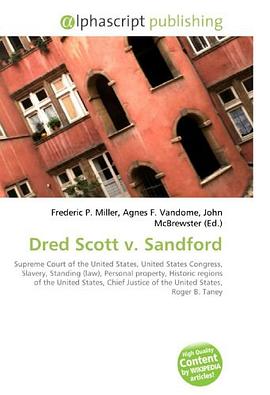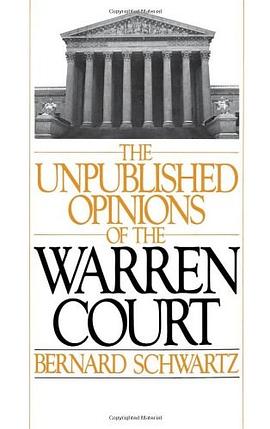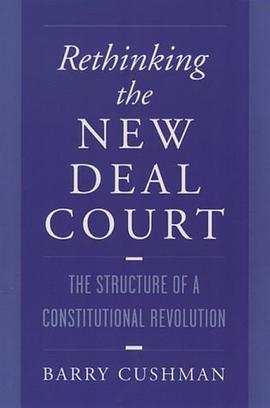

具体描述
Rethinking the New Deal Court challenges the prevailing account of the New Deal era Supreme Court, which holds that in the spring of 1937 the Court suddenly abandoned jurisprudential positions it had staked out in such areas as substantive due process and commerce clause doctrine. In this view, the impetus for such a dramatic reversal was provided by external political pressures manifested in FDR's landslide victory in the 1936 election, and by the subsequent Court-packing crisis. Author Barry Cushman, by contrast, discounts the role that political pressure played in securing this "constitutional revolution." Instead, he reorients study of the New Deal Court by focusing attention on the internal dynamics of doctrinal development and the role of New Dealers in seizing opportunities presented by doctrinal change. Recasting this central story in American constitutional development as a chapter in the history of ideas rather than simply an episode in the history of politics, Cushman offers a thoroughly researched and carefully argued study that recharacterizes the mechanics by which laissez-faire constitutionalism unraveled and finally collapsed during FDR's reign. Identifying previously unseen connections between various lines of doctrine, Cushman charts the manner in which Nebbia v. New York's abandonment of the distinction between public and private enterprise hastened the demise of the doctrinal structure in which that distinction had played a central role.
作者简介
目录信息
读后感
评分
评分
评分
评分
用户评价
相关图书
本站所有内容均为互联网搜索引擎提供的公开搜索信息,本站不存储任何数据与内容,任何内容与数据均与本站无关,如有需要请联系相关搜索引擎包括但不限于百度,google,bing,sogou 等
© 2026 book.wenda123.org All Rights Reserved. 图书目录大全 版权所有

